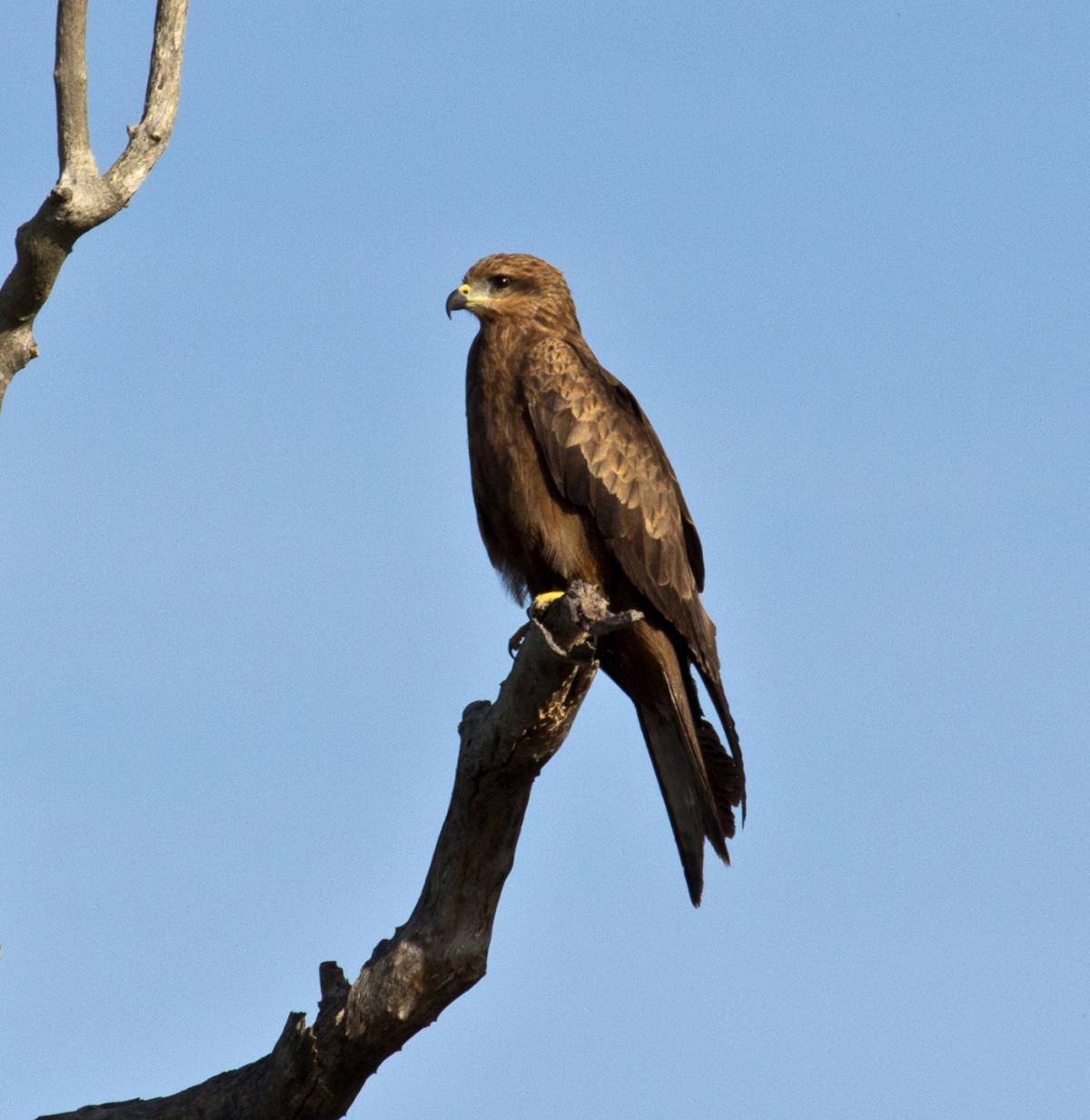
Milvus migrans
SUBFAMILY
Accipitrinae
TAXONOMY
Falco migrans Boddaert, 1783, France. Seven subspecies.
OTHER COMMON NAMES
French: Milan noir; German: Schwarzmilan; Spanish: Milano
negro.
PHYSICAL CHARACTERISTICS
21.7–23.6 in (55–60 cm); 19.8–33.5 oz (560–950 g) (measurements
varies with race) female larger and heavier than male.
Mostly reddish brown. Plumage and bill color vary with race.
DISTRIBUTION
M.m. migrans: northwest Africa, Europe to central Asia and
south to Pakistan; winters in Africa, south of the Sahara. M.m.
lineatus: Siberia to Amurland, Japan, India, Burma, and China;
winters in Iraq, India, and southeastern Asia. M.m. formosanus:
Taiwan and Hainan, China. M.m. govinda: Pakistan to India,
Sri Lanka, Indo-China, and the Malay Peninsula. M.m. affinus:
Sulawesi to New Guinea, New Britain, and Australia. M.m. aegyptius:
Egypt, Arabia, coastal eastern Africa to Kenya. M.m.
parasitus: Africa south of Sahara to Madagascar.
HABITAT
Desert to grassland, savanna and woodland, but avoids dense
forests. Often near wetlands and found in suburbs and towns,
around rubbish tips, abattoirs.
BEHAVIOR
Migratory or partly so, particularly in Europe and Asia, from
which it migrates after breeding to sub-Saharan Africa, the
Middle East, southeastern Asia and Indian subcontinent. Migrates
in flocks and gathers to cross sea straits in tens of thousands.
Elsewhere, such as Australia, New Guinea, and Egypt,
some populations resident, movements less regular or nomadic.
Gregarious, often in forages in large flocks, sometimes roosts
communally (in trees), and may breed in very loose colonies.
FEEDING ECOLOGY AND DIET
Feeds on a wide variety of prey, live or dead, and scraps. Offal,
garbage, excrement, fish, invertebrates, some vegetable matter
such as oil palm nuts. Steals from other raptors and waterbirds.
Also catches small mammals, birds, reptiles, and amphibians
snatched from the ground, foliage, or water.
REPRODUCTIVE BIOLOGY
Often returns to traditional nest sites on return from migration.
Monogamous. Nests as solitary pair or in loose colonies
of tens of pairs. Usually builds a stick nest in a tree, less often
on a cliff, lined with rubbish such as rags, dug, and fur. Timing
depends on region, usually the dry season. Clutch size two or
three eggs. Incubation about 31 days; chicks fledge after six or
seven weeks.
CONSERVATION STATUS
Not threatened. Nevertheless, sometimes poisoned or shot because
it steals young poultry, feeds on stock carcasses.
SIGNIFICANCE TO HUMANS
Traditionally trapped by several indigenous people for food
and decoration and feature in their legends. For example,
thought to spread fire by some Australian aboriginal tribes,
presumably because of their habit of travelling from far and
wide to congregate at fires and swooping at prey among the
flames.
Other popular Animals
Photo Gallery of - Black kite
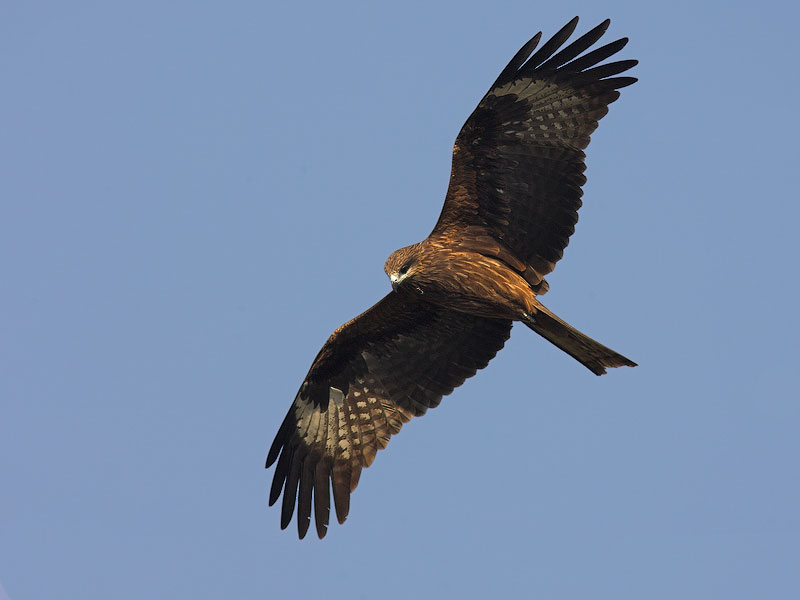
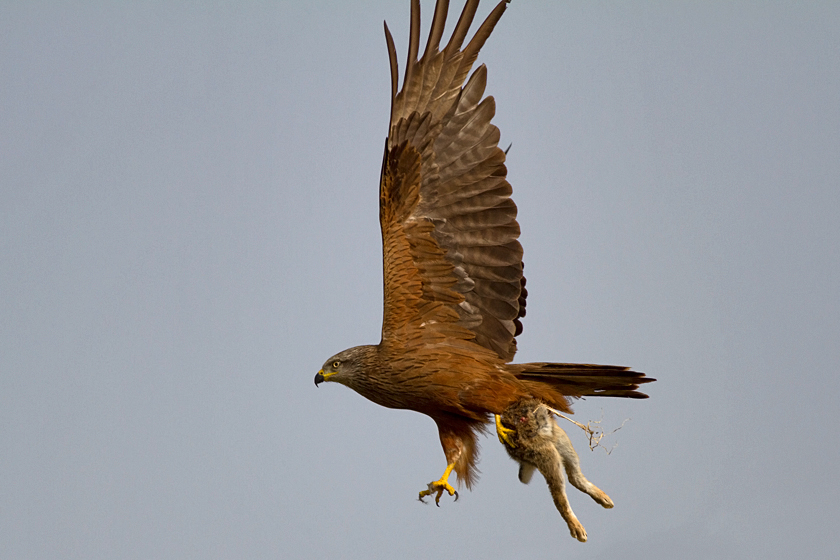
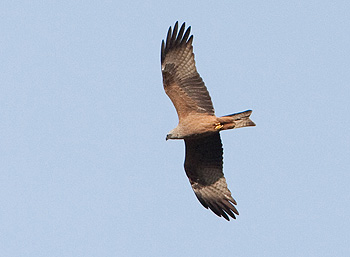
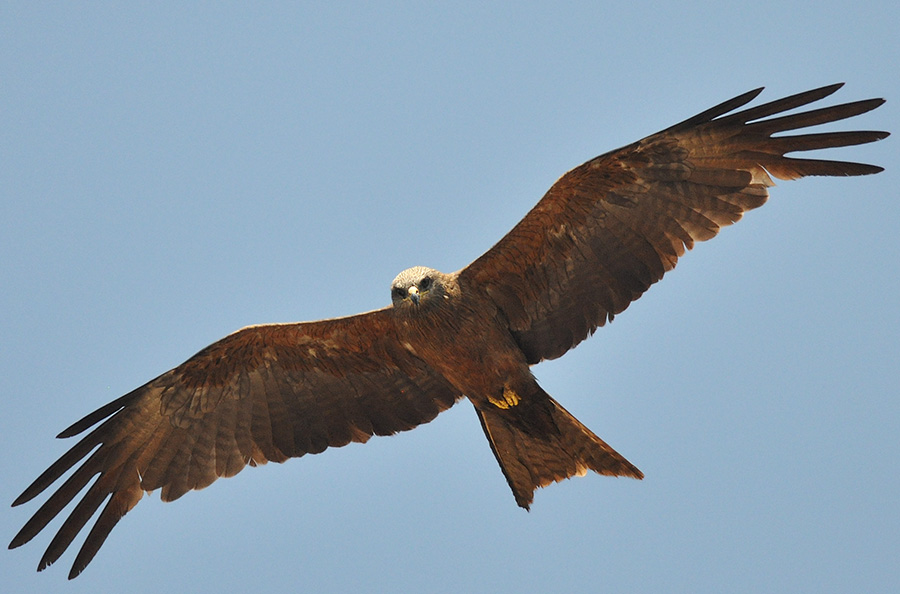
 Animalia Life
Animalia Life